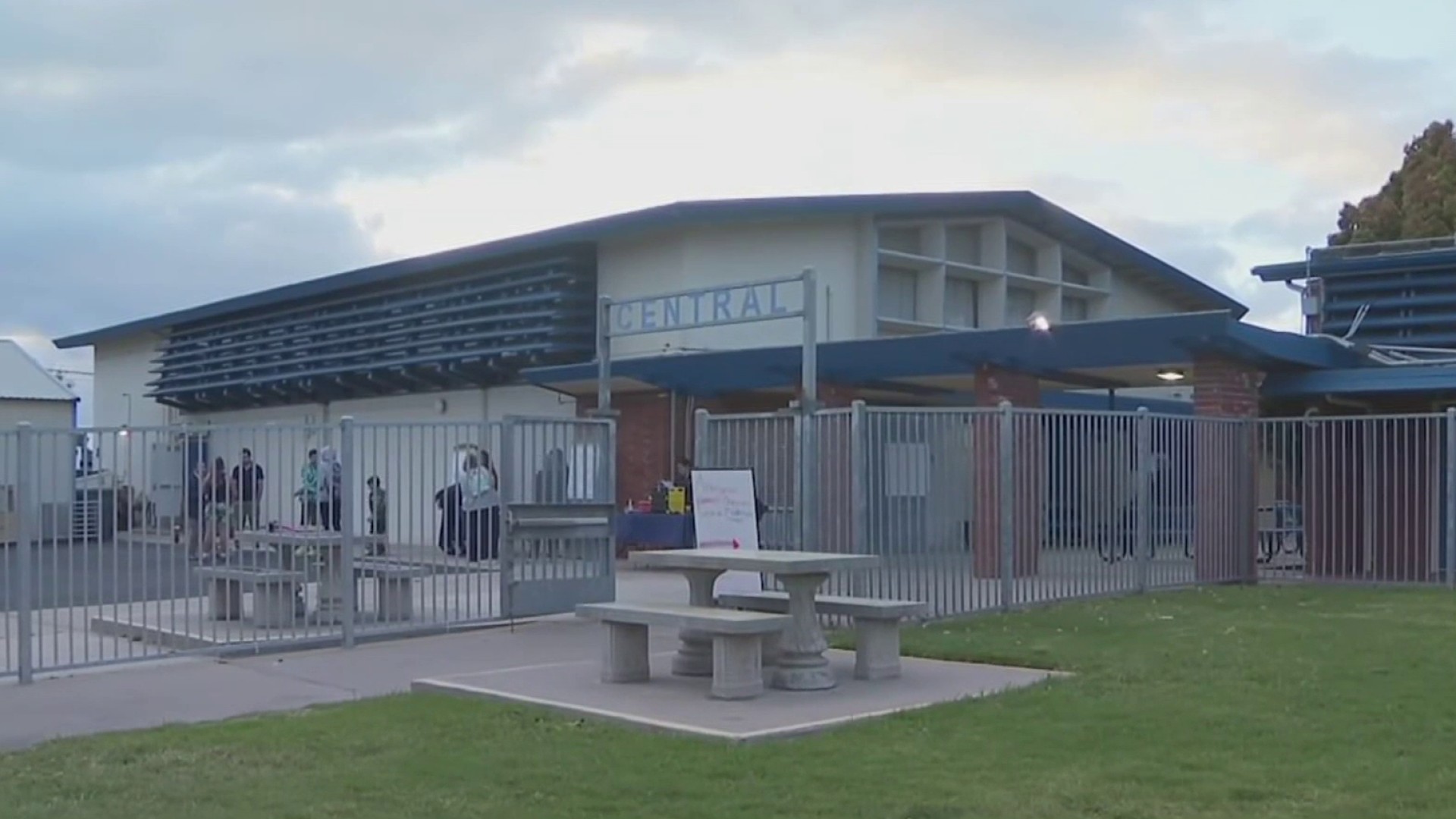As you've probably noticed - traffic (for the most part) is officially back. But the pandemic changed the way we drive. And now officials are using that information to steer plans for future public projects.
“So what we really want to see is how much has it changed year over year,” said SANDAG Chief Data and Analytics Officer and Chief Economist Ray Major.
Inside the SANDAG Vision Lab, Major showed NBC 7 how officials track how fast San Diego County drivers go, when and where. That they've been doing for some time. But the pandemic offered a rare glimpse into something new - how human behavior impacts something all humans hate: traffic.
“What surprised me is at the beginning of COVID at the lockdown that we only had a 44% reduction,” Major said.
Get San Diego local news, weather forecasts, sports and lifestyle stories to your inbox. Sign up for NBC San Diego newsletters.
Which means nearly two-thirds of San Diego County commuters work “essential” jobs.
“I would have expected with the full lockdown, that it would have looked like a ghost town,” says Major. “But think about it, 56%, more than half were still driving. And what I thought was really interesting is that only lasted two months and then all of sudden it went up to 17% and then you see that it stayed there. And what that says to me is a lot of people were sick of it after two months, and masks or no masks, we're going to go out and have a life.”
As of May 2021, on average, countywide traffic is just 10% below pre-pandemic levels. And it turns out - we only need to reduce traffic by 5 to 10% to virtually eliminate traffic jams.
Local
But this isn't the case for everyone.
The Interstate 5 intersection with SeaWorld Drive and Manchester Avenue are the two traffic hotspots commuters use most if they work in Sorrento Valley or Downtown - two businesses centers still mostly working remote. Those commuters still face significantly lower traffic levels.
But South Bay drivers saw traffic come back long ago, in some cases more congested than ever. In March, the I-5 intersection with the State Route 905 saw more traffic than pre-pandemic levels.
And traffic didn’t just change from highway to highway.
Right now, folks are not only doing what they used to do on the weekends before the pandemic. They’re doing more than they used to - a lot more.
Weekend traffic is up 20% compared to weekend traffic in 2019.
And what about all that talk after the first shutdown that remote working might be the solution to reducing car emissions? Think again.
“We’ve found that people who telecommute drive more than people who don’t telecommute,” Major said.
Low and behold, remote workers create more car traffic, not less. Major said that’s because remote workers make several short trips throughout the workday, instead of tackling on trips to one work commute.
So if we want to manage traffic for environmental reasons, Major said we either need to make it really difficult to drive, with fewer lanes or more expensive to drive, by charging a fee, especially during peak times.
“At the end of the day, people want to move around in San Diego,” Major said. “And they’re going to do that whether we have a pandemic or not.”
By the way you might want to hold off on that summer road trip until after Labor Day.
Major predicts the county will see above-average traffic levels during the summer because of pent-up demand, but he thinks things should return to pre-pandemic levels in September.



